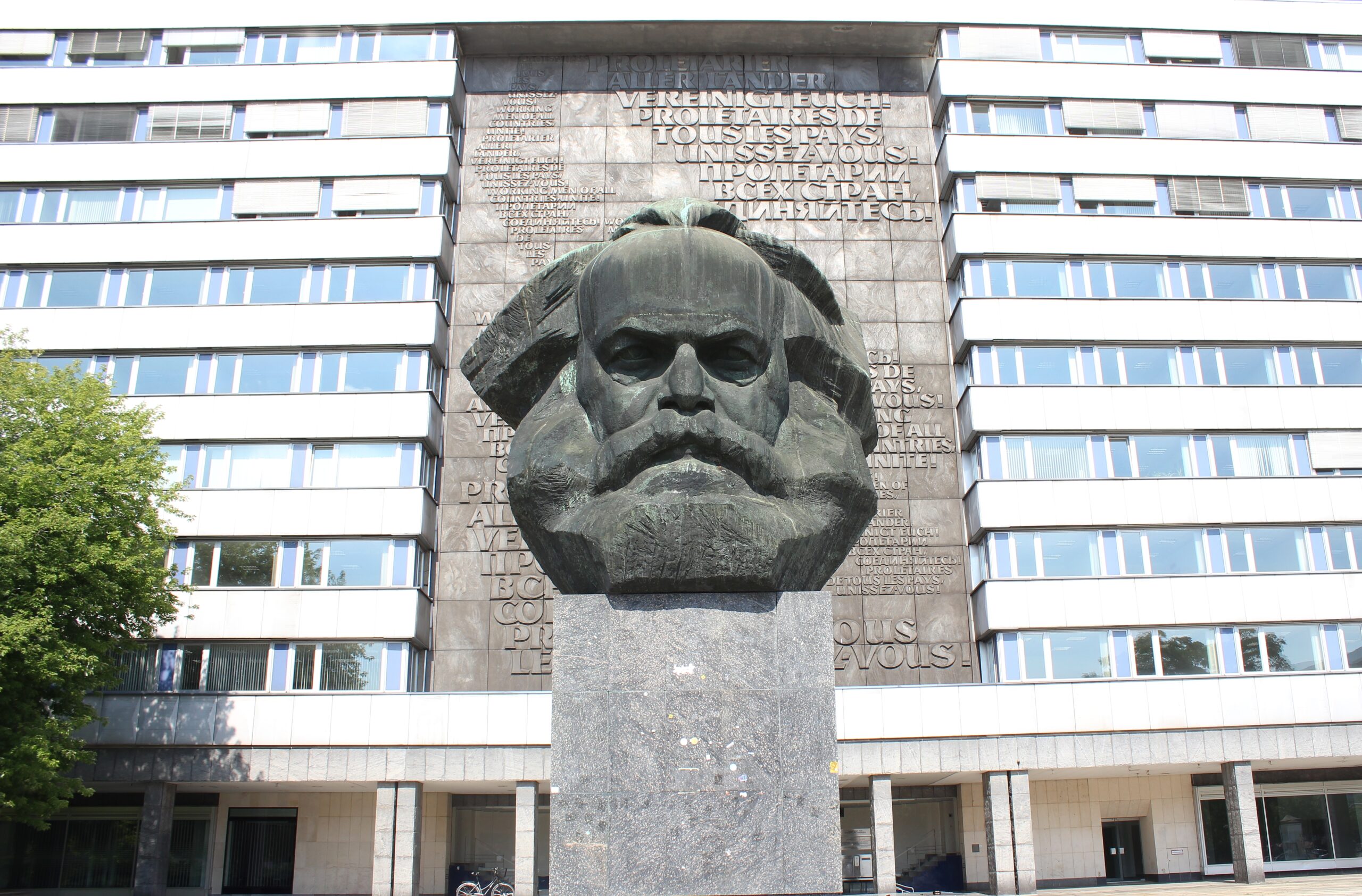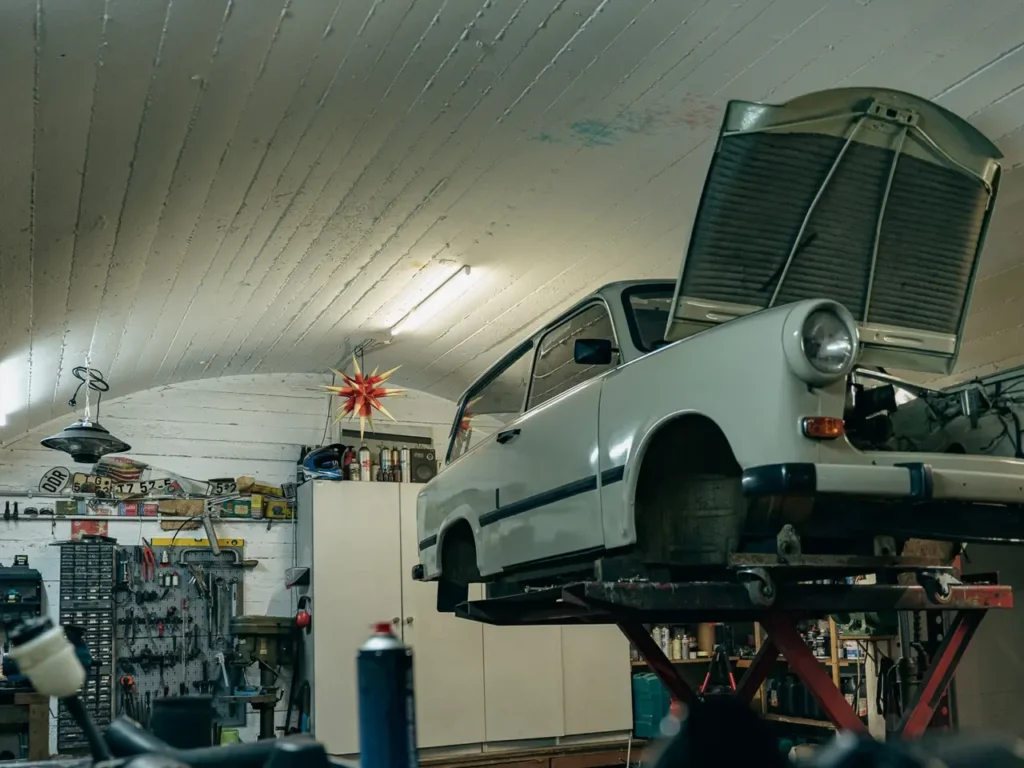
Published 06/01/2025 14:02 | Edited 01/06/2025 14:42
In 2025, the city of Chemnitz, in Germany, called the City of Karl Marx during the Cold War, will be the European Capital of Culture just like Nova Gorica, in Slovenia, and Gorizia, in Italy (border cities with a common past). The three locations will host events and projects throughout the year with the aim of sharing their history and cultural development.
Chemnitz’s choice has significant importance for communism. Although the philosopher and economist Karl Marx never visited the city, it has housed one of the most famous statues in his honor since 1971. The monument with Marx’s head is made of bronze, is 7 meters long and weighs approximately 40 tons. With the granite support base, it is more than 13 meters high. On a wall behind is carved the famous phrase “Proletarians of all countries, unite!”, in four languages.
Chemnitz was on the Eastern side during the Cold War and due to its labor and industrial tradition it was embraced as a Marxist symbol, so much so that between 1953 and 1990 it was renamed the City of Karl Marx (Karl-Marx-Stadt). After the fall of the Berlin Wall and the reunification of Germany, the city underwent transformations and regained its old name.
read more: Far beyond Capital: why Marx was ahead of his time
The initiative by the European Commission, the executive body of the European Union, will highlight the theme “C the Unseen”, making visible what was previously unseen and undiscovered, according to the organizers.
This means that the program will highlight people, places and activities that have not yet been the focus of tourist attention to present themselves to visitors. Furthermore, the mark of Eastern Europe is highlighted not only as a geography, but also as a biography that “shaped not only politics, culture and the environment, but above all people’s self-perception”, states the organization on its website .
The European Capital of Culture program starts on January 18th in Chemnitz. The highlight is “3000 Garages” in which the garages built collectively during the East German era will serve to reveal the history of their owners, society and culture. The more than 30,000 garages built at the time are one of the hallmarks of Chemnitz’s landscape and have become, over the years, living archives, creative spaces and meeting places for the population.

Find out more about here.
*With information from Chemnitz European Capital of Cuture
Source: vermelho.org.br

